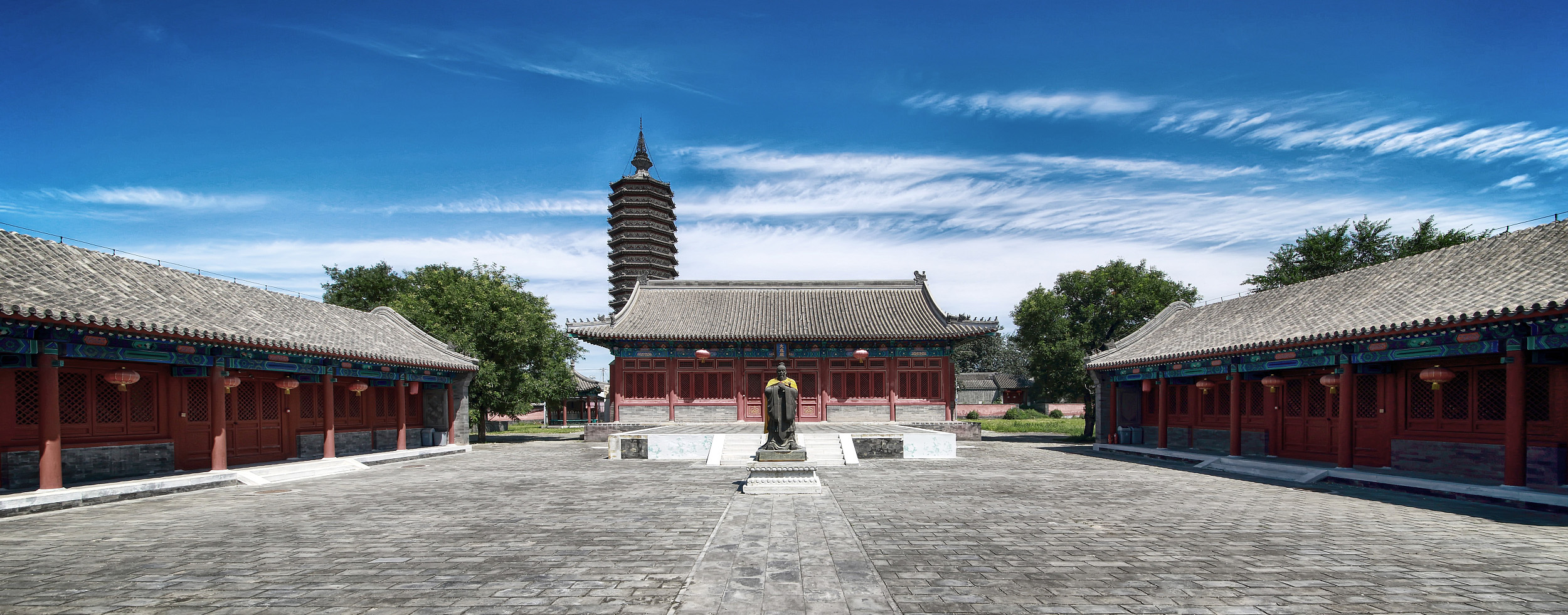The scenic spot “three temples and one tower” has been a landmark of Beijing’s district of Tongzhou for more than 1,400 years. It has a time-honored history and culture and has witnessed the rise and fall of the Grand Canal and grain transportation.
With the construction of Beijing Municipal Administrative Center, the “three temples and one tower” is no longer a navigation mark of Tongzhou, but it is still an important cultural relic of the district as it inherits and expresses the culture of the Grand Canal.
Confucian Temple
Four years older than the Confucian Temple in downtown Beijing
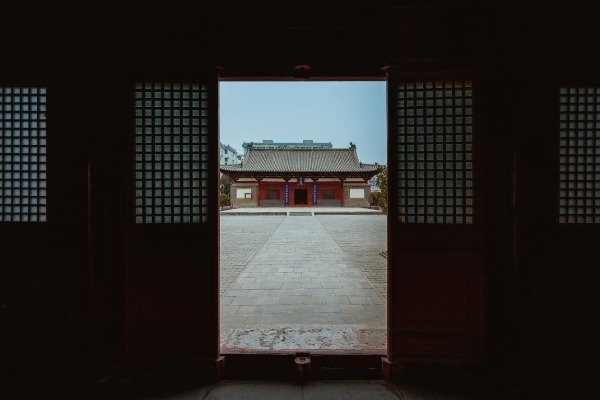
Since Confucianism played a critical role in stabilizing society and governance, emperors of ancient dynasties took the construction of Confucian temples very seriously.
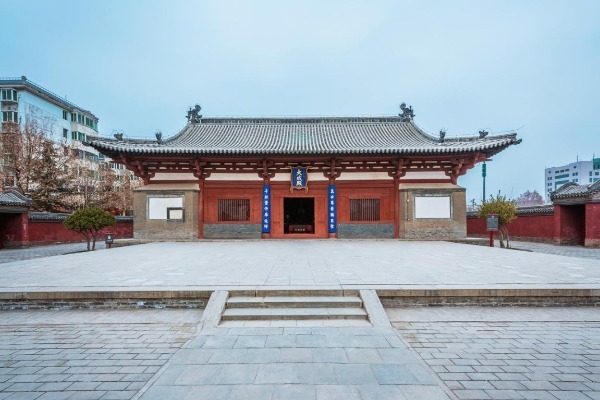
The four most famous Confucian temples in China are located in Nanjing, Qufu, Beijing and Jilin.
The Tongzhou Confucian Temple was established in the Yuan Dynasty (1271-1368), four years earlier than the one in downtown Beijing. It was reconstructed 22 times during the Yuan, Ming and Qing dynasties (1271-1911). In the ninth year of the Guangxu reign (1875-1908), the Tongzhou Confucian Temple has became the second largest temple in Beijing.
Ziqing Taoist Temple
Ziqing Palace was established in the Ming Dynasty (1368-1644) and rebuilt in the Qing Dynasty (1644-1911).
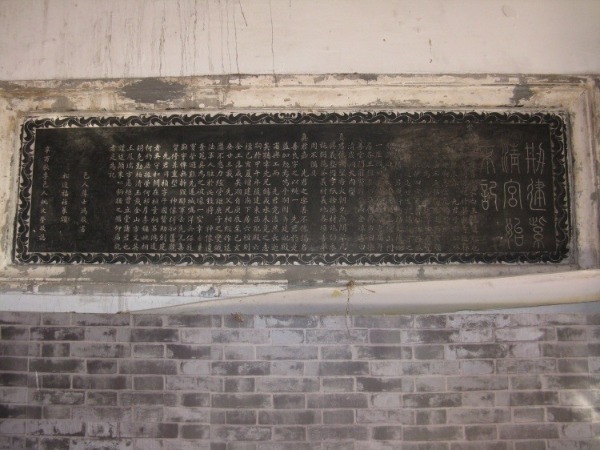
Youshengjiao Temple
Youshengjiao Temple was established in the Northern Qi Dynasty (550-577) and it took 12 dynasties to complete it. There is an ancient sophora tree in the temple testifying to its 1,400 year history.
Although it used to be the largest temple in ancient Tongzhou it has gradually declined in modern times. In recent decades it has resumed Buddhist activities that attract many visitors, both believers and non-believers.
On November 29, 2012, the temple was formally designated a place for religious activity, becoming the 22nd religious venue affiliated to the Buddhist Association of Beijing. It was the first temple to resume religious activities in Tongzhou.
Randeng Pagoda
In the Yuan Dynasty (1271-1368), Beijing was called Dadu. In those days life necessaries such as grain, silk, tea and fruit were shipped from southern China to Beijing via the Grand Canal. In the Ming Dynasty, stones and timbers used to build Beijing city were shipped by the same method.
Randeng Pagoda was built in the Northern Zhou Dynasty (557-581). Constructed with a post and panel structure, it is octagonal in shape and has 13 storeys and 48 meters of height. There are 2,248 brass bells hanging down from the pagoda eaves, the highest number in the world.
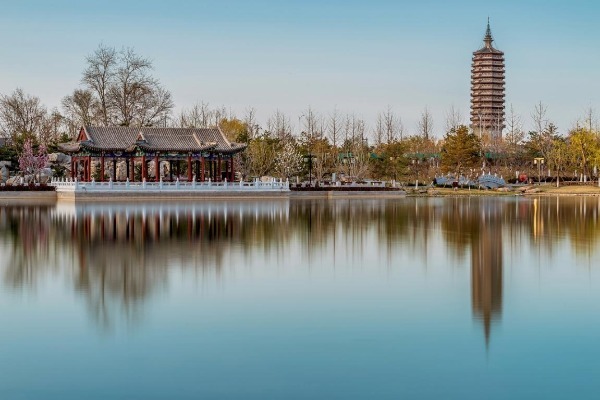
The tower and the three temples of Buddhism, Taoism, and Confucianism, together form the “three temples and one tower” ancient building group.
